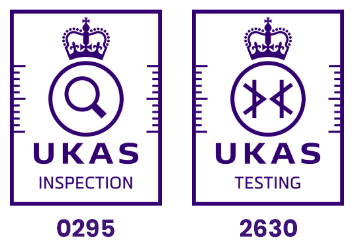Debunking Common Misconceptions
Asbestos, once a popular building material, has now been understood for its danger and disease. However, despite widespread awareness of its hazards, many misconceptions still exist. In this blog, we aim to debunk common myths surrounding asbestos and provide information to promote understanding and safety.
Myth 1: Asbestos is only found in old buildings.
Fact: While asbestos was commonly used in construction before its ban in 1999, it can still be found in many buildings today, such as homes, schools, offices, and even newer construction projects. It’s essential to remain vigilant and conduct proper Asbestos surveying before renovations or demolitions.
Myth 2: Asbestos is harmless if left undisturbed.
Fact: While asbestos poses the biggest risk when disturbed, the presence of asbestos in a building can still pose a threat. Asbestos-containing materials can deteriorate over time and with age, release fibres into the air through wear and tear or environmental factors. Regular inspections and proper maintenance are crucial for managing asbestos safely.
Myth 3: Only smokers are at risk of asbestos-related diseases.
Fact: While smoking does increase the risk of developing asbestos-related diseases such as lung cancer and mesothelioma, exposure to asbestos alone can cause these illnesses. Non-smokers exposed to asbestos fibres can also be at risk of developing respiratory conditions.
Myth 4: Asbestos removal is a DIY job.
Fact: Removing asbestos-containing materials is a highly specialised task that should not be undertaken by anyone except trained, licensed professionals. DIY asbestos removal can release harmful fibres into the air and put people’s health at serious risk. Licensed asbestos contractors have the expertise and equipment to identify and safely remove and dispose of asbestos.
Myth 5: Asbestos exposure only occurs in industrial settings.
Fact: While asbestos exposure was prevalent in industries such as construction and manufacturing, it can occur in various settings. Trades such as plumbing, electrical work, and renovation may also encounter asbestos-containing materials. Secondary exposure can occur when asbestos fibres are brought home on clothing or belongings, affecting family members.
Conclusion: Asbestos myths can contribute to the spread of misinformation and put public health in danger. By debunking common misconceptions and spreading accurate information, we can empower individuals and businesses to take proactive steps towards asbestos safety.
If you have any concerns about asbestos being present in your home, call us on 01603 251775.
#Asbestosawareness #AsbestosMyths #staysafe





